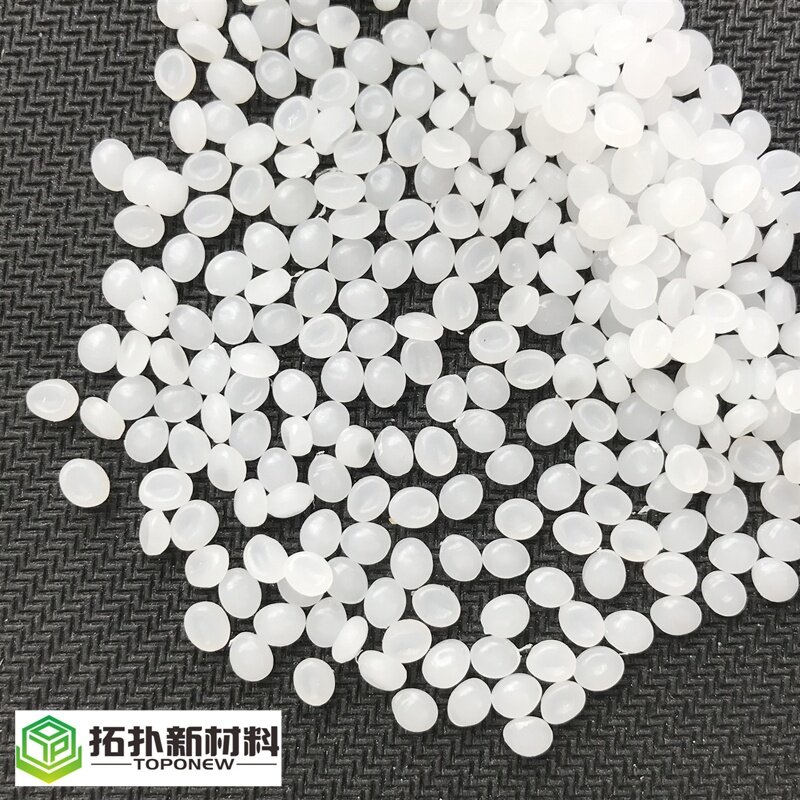Erreur de format d'e-mail
emailCannotEmpty
emailDoesExist
pwdLetterLimtTip
inconsistentPwd
pwdLetterLimtTip
inconsistentPwd

Offer Technical Support and Customized Solutions
The company is committed to creating new and improved plastic materials to meet the evolving demands of the market.

Eliminate Bubbles: How to address PP Bouble Issues?
Welcome to our informative article addressing the common issue of PP bubbles during the processing of PP materials. When working with PP resins, encountering these bubbles can be concerning, as they can impact the overall quality and visual appeal of your final product. However, fear not, as there are effective solutions available to tackle this problem head-on. In this article, we will explore the world of PP resins customization, bespoke solutions, and how they can help eliminate those pesky bubbles, ensuring a flawless end result. Join us as we delve into the realm of PP resins customization, discovering the innovative techniques and strategies to overcome this challenge and achieve superior outcomes. Let's dive in and explore the fascinating world of customizing PP resins to eliminate bubbles during processing.
Problem 1: Internal shrinkage causing PP bubbles due to long cooling time
Solution:
- Increase the mold temperature: By increasing the mold temperature, you can reduce the cooling time, which can help in minimizing internal shrinkage and thus prevent the formation of bubbles.
- Reduce injection time and cycle: By reducing the injection time and cycle, you can also reduce the cooling time and minimize the chances of bubble formation.
- Increase back pressure: Increasing the back pressure during the injection process can help mitigate bubble formation. This can be accomplished by extending the injection time and using high pressure at a low speed.
Problem 2: PP material with bubbles due to filler issues during granulation
Solution:
- Baking raw materials: To solve the bubble problem caused by filler issues during granulation, you can consider adding raw materials for baking. This can help eliminate the excess moisture and reduce the chances of bubbles forming during the processing.
- Increase injection back pressure and slow down injection speed: By increasing the injection back pressure and slowing down the injection speed, you can ensure proper material flow and reduce the chances of bubble formation.
- Control barrel temperature: It is important to maintain the barrel temperature within the appropriate range. Excessive barrel temperature can lead to bubble formation, so it is essential to control it effectively.
Additional considerations for processing PP materials:
- Analyze mold structure and bubble formation: It is crucial to evaluate the mold structure and identify the areas where bubbles are likely to form. This can aid in adopting appropriate measures to prevent bubble formation.
- Maintain proper temperature: The temperature of the bubble tube should not be set too high, as this can contribute to bubble formation. Optimal temperature control is essential to achieve the desired results.
- Consider product thickness: The thickness of the product can also impact bubble formation. It is important to ensure consistent and proper thickness throughout the product to minimize bubble occurrence.
- Reduce glue extraction: Minimizing the use of glue extraction or completely avoiding it can help prevent bubble formation.
- Analyze and troubleshoot: Instead of solely relying on preset parameters, it is important to analyze problems and troubleshoot accordingly. This approach can help solve the issues effectively, even if adjustments in the machine's major components are not required.
Problem 3: PP bubbles caused by various factors
Solution:
- Control material storage speed: In cases where the material storage speed is too fast, adding appropriate back pressure can help address this issue and prevent the occurrence of bubbles.
- Ensure dry materials: Insufficiently dry raw materials with moisture content can contribute to bubble formation. Ensuring materials are adequately dried before the processing can help eliminate this problem.
- Minimize plastic staying in the barrel: The plastic staying in the barrel for an extended period can lead to bubble formation. It is important to minimize the time plastic material remains in the barrel to prevent bubble occurrence.
- Optimize screw backshot: An excessively long screw backshot can also contribute to bubble formation. Adjusting the screw backshot appropriately can resolve this issue.
- Enhance mold exhaust: Poor mold exhaust can lead to the entrapment of air and the formation of bubbles. Ensuring efficient mold exhaust can help prevent this problem.
- Adjust injection pressure and speed: In cases where the injection pressure is too low and the injection speed is too high, adjusting these parameters to appropriate levels can help prevent bubble formation.
- Control melt and mold temperature: Maintaining the appropriate melt temperature and mold temperature is vital in preventing bubble formation. The melt temperature should not be excessively high, and the mold temperature should not be too low.
Addressing these factors and implementing the suggested solutions can help effectively reduce or eliminate bubble formation during the processing of PP materials. By ensuring proper material control, temperature management, and mold optimization, you can achieve high-quality results while minimizing and resolving the issue of PP bubbles.
https://www.toponew.com/products/pp-compound/PP-T20-B0620GW

